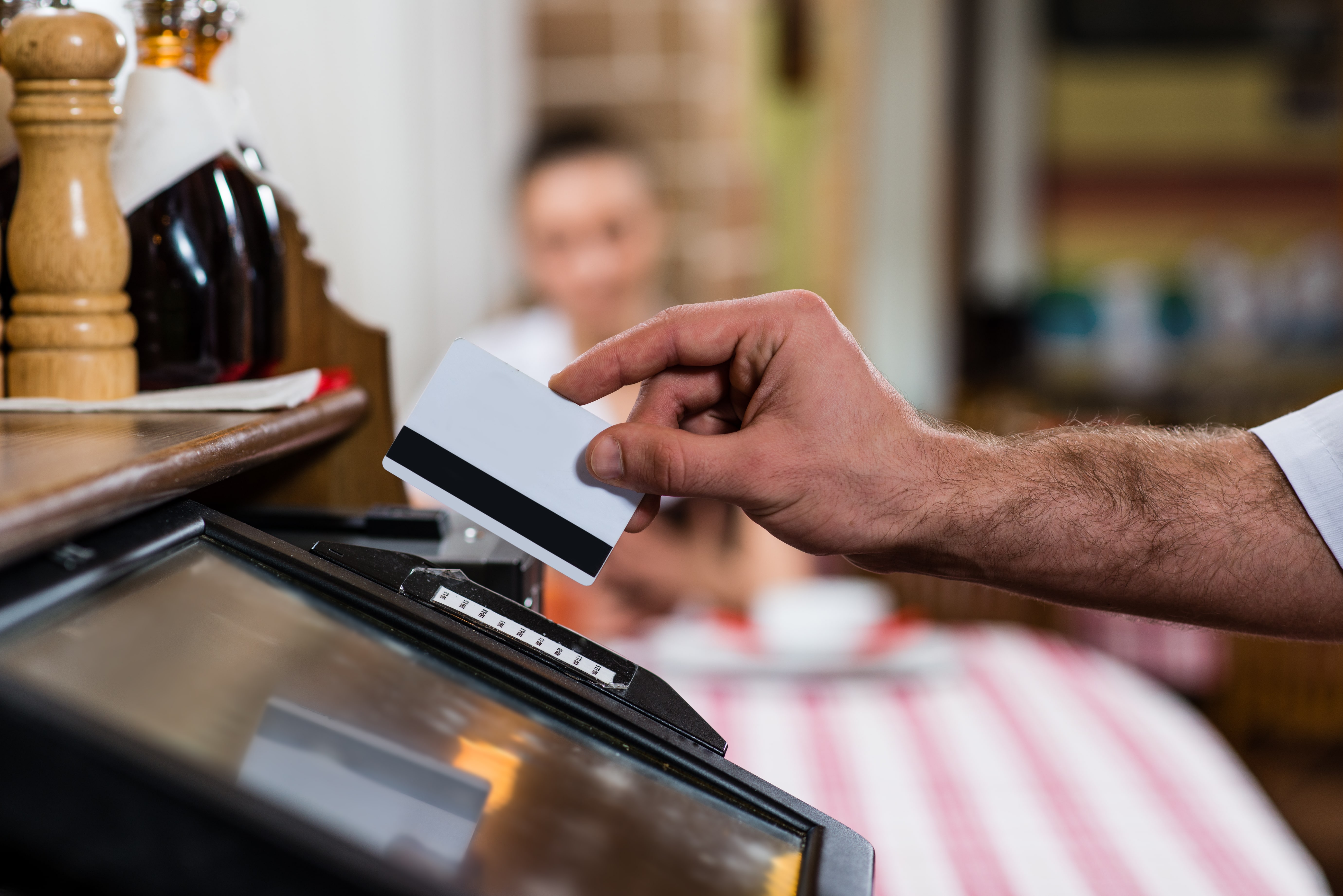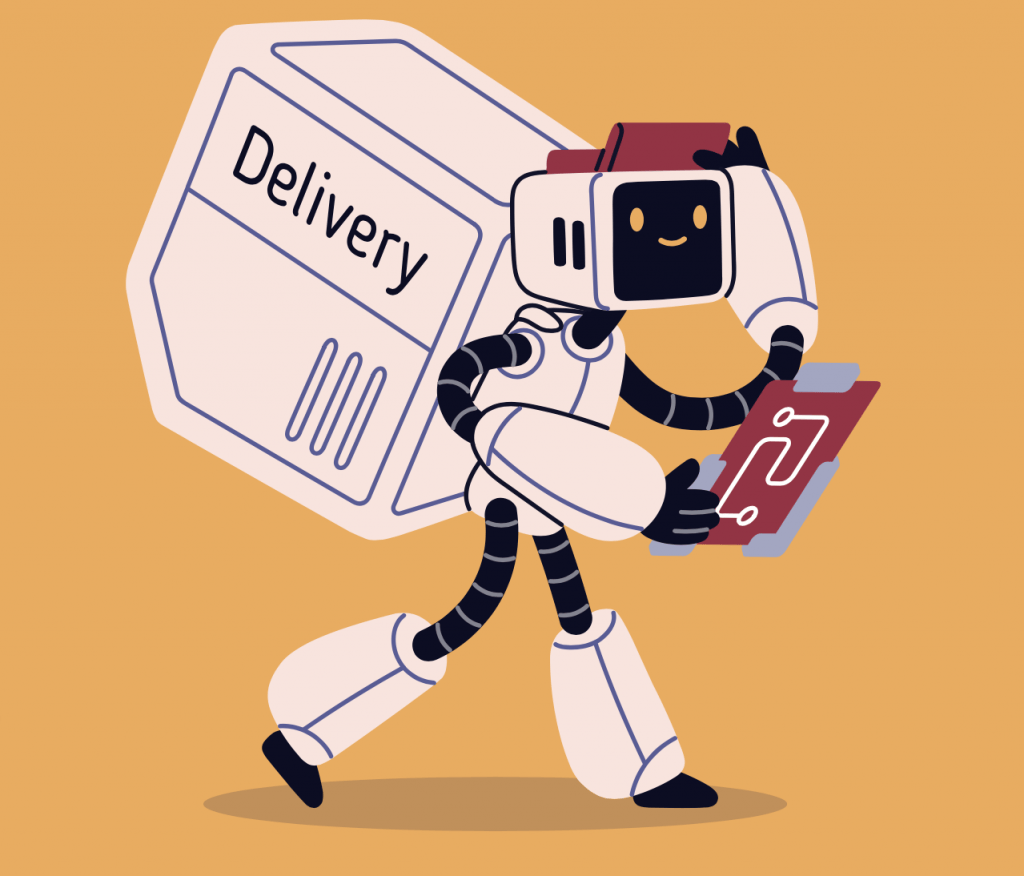
Culinary educators know their students seek out the foodservice industry for many reasons: they simply love to cook, they excel in the high-energy foodservice environment, and they see long-term career potential and an opportunity to make a name for themselves.
Few, if any, culinary students will profess they are in it for the statistics.
Minding the numbers goes beyond containing food or labor costs – effectively leveraging restaurant information can be the key to profit and financial success. It can be the difference between driving defensively, stuck forever in the right lane, versus pulling away from gridlock to lead the competition.
There are three main reasons that operators should mind (and mine) their business data.
Information is power
Harnessing a restaurant business’ information can, and should, ultimately increase earnings. Information is power – power that can be converted into dollar signs. The trick is to learn how to put that information to its best use.
Every restaurant operation is already generating some level of information. This includes data from transactional systems – point of sale, inventory, drive through and the like – as well as payroll systems, accounts payable, even mystery shopper and customer loyalty programs.
By maximizing the quantity of information that is collected, and by analyzing that information to learn all its lessons, operators can ultimately increase their earnings and grow their business.
For example, let’s say a chain adds a new menu item. To promote sales of that new item, the chain can study the “early adopter” customers who buy it. But it’s also helpful to find out what else these customers might buy in addition to that new menu item.
Information power is within reach
Big data has been getting a lot of press lately, largely because most businesses haven’t yet been able to extract real value from all that massive potential. The foodservice industry shouldn’t let that discourage us; information power is within our reach today, with more to come in the future.
While some operators think their transactional systems give them all the information they need, in fact transactional data is the bottom or foundation of the information learning curve. Why? Because while transactional data is useful, it is locked in silos. Transactional systems typically don’t speak with one another, so operators can only look at one type of transactional data at a time, isolated from other types. For example, it’s not possible to evaluate the relationship between a loyalty program event from one transactional system and limited time offers (LTO) sales from another, or between the speed of an understaffed kitchen and table turns when only looking at labor data.
Real information power comes when operators begin to consolidate and review all their data, to reveal the complete picture they need to make better business decisions. Transactional systems generate data. Analytical systems organize and understand all that data, identifying relationships across data sets that will provide the insights business managers need to make smart decisions.
Harnessing the power of information
Good news: operators don’t have to tackle this data learning curve alone. Help is available, from quality vendors who have made Big Data their lives’ work. We admit it, we are geeks who live for and love this stuff.
I advise operators to take their time to research and interview service providers. I tell them to seek out vendors that will truly become business partners, who won’t just close a sales deal and move on. Look beyond transactional systems that simply collect data, to enterprise systems to help interpret data. Request a customer list, not just references. Inquire how long customers stay with them.
Ask vendors who will own the data
Do you think you own the data that’s being collected by your transactional and other systems? Think again, because that might not be the case. Let’s say you’ve outgrown your transactional system, and want to move to a more robust, enterprise system that will allow you to do the kind of data exploration needed to understand and manage your business. Your old vendor might not be willing to transition your data – or will want to charge an exorbitant fee.
To avoid a data ownership issue in your future, be sure to ask potential vendors about data ownership, and review contracts for a data ownership clause before you sign anything.
Don’t be afraid to transition to a new vendor if that’s what your business needs, even if it means losing your historic data. In that case, look to the future and forget the rear view.
Fifteen years ago, most restaurant chain operators didn’t understand why they needed anything more than their transactional systems and the data they provide. Today the conversation is moving beyond collecting basic transactional data, to assimilating data from across all systems and interpreting that data to make better business decisions.
Looking into the future another 15 years, the chains that have harnessed the power of their Big Data will be the industry’s top performers. And the operators leading those chains will be the ones who prefer to explore the road ahead, rather than look in the rear view.
Dave Bennett




